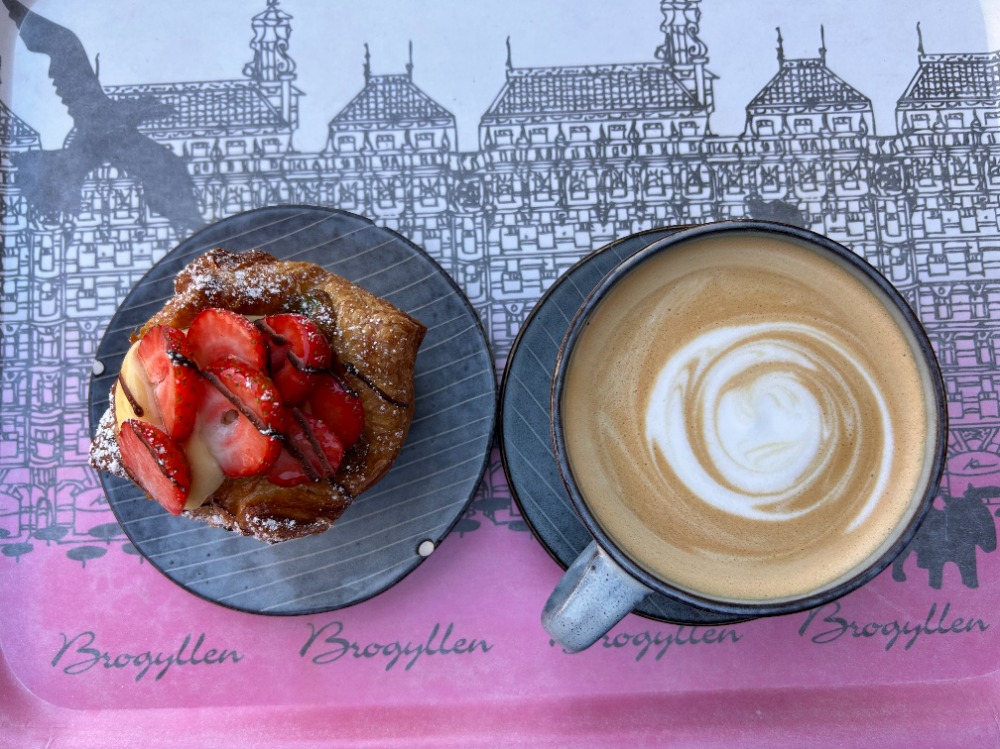
Happiness is not a single concept. There are different paths to pursue it, and two in particular stand out: hedonic pleasure and eudaimonic well-being.
Hedonism is the pursuit of immediate pleasure: enjoyable experiences, short-term gratification, the “here and now” with minimal effort. It’s like a sip of fresh water on a hot day—intense, satisfying, but fleeting.
Eudaimonia, on the other hand, is deep, lasting, and conscious well-being, independent of life’s daily ups and downs. Aristotle called it “the good life”: an active state we are constantly responsible for, cultivated through a virtuous lifestyle aligned with our values. It’s not something that “happens” to us, but something we build, by exercising our intellectual, physical, and spiritual virtues.
In this view, true happiness is not only about feeling good, but about doing good. It’s a balance that nurtures both ourselves and the community we are part of. Eudaimonia is also social well-being: when we are altruistic, our own sense of fulfillment grows.

Apollo and Dionysus: Two Paths to Happiness
In Greek mythology, we find two archetypes that embody these paths: Apollo, symbol of harmony, balance, and inner growth, linked to eudaimonic happiness; and Dionysus, symbol of ecstasy, celebration, and immediate pleasure, linked to hedonic happiness.
Both are part of us, and a balanced life knows how to give space to both dimensions.
Eudaimonia and Mindfulness
Modern psychological research—from Martin Seligman’s Positive Psychology to Carol Ryff’s studies—confirms that mindfulness is positively correlated with eudaimonic well-being. Living fully, with presence, helps us connect to our values, clarify the direction of our lives, and savor each moment as part of a greater whole.
The flow state—that moment when we are so immersed in an activity that we lose track of time—is a perfect example of eudaimonic well-being. In those moments, we’re not seeking pleasure for its own sake; we are fully present in what we’re doing, and it nourishes us in the long term. Do you know what I mean? Did you ever experience a flow state? Recall to your mind, now.
How to Cultivate Eudaimonic Happiness: let me do my job and give you a ” to do list” 😉
- Know your values and what inspires your life.
- Clarify your long-term goals and take small daily steps toward them.
- Reflect on universal values and adopt the ones that resonate most with you, turning them into concrete actions.
- Take care of your mental and physical health.
- Don’t aim only to feel good—do good, and you’ll feel good.
- Seek flow moments: find activities that fully engage you.
- Aim for balance: hedonic pleasures shouldn’t be excluded, but enjoyed mindfully.

my counselor Alberto
A Counseling Exercise
As a counselor, I would ask you:
What does flourishing happiness mean to you?
Close your eyes.
Recall the last time you felt deeply happy. Who was with you? What did you see? What did you hear? What did you smell? What were you doing? Savor that memory.
Then ask yourself: what was important in that moment? What can we learn from that experience?

The Ingredients of a Flourishing Life
According to research on psychological well-being, the pillars of eudaimonic happiness include:
- Self-acceptance
- Positive relationships
- Personal growth
- Having a purpose
- Environmental mastery
- Autonomy (including economic independence)
Nurturing them day by day is an act of love toward ourselves and toward life itself.
Eat your greens and enjoy a luxurious pastry sometimes. Pleasures. Not guilty. Life.
If you wanna tell me your story, I´m here, listening.
g.

References
- Aristotle – Nicomachean Ethics: the classic work defining eudaimonia as the “good life” and the realization of human potential.
- Seligman, M. E. P. (2011) – Flourish: A Visionary New Understanding of Happiness and Well-being. Free Press. Introduces the PERMA model for lasting well-being.
- Ryff, C. D. (1989) – Happiness is everything, or is it? Explorations on the meaning of psychological well-being. Journal of Personality and Social Psychology, 57(6), 1069–1081. Six dimensions of psychological well-being.
- Csikszentmihalyi, M. (1990) – Flow: The Psychology of Optimal Experience. Harper & Row. Examines the state of complete immersion in an activity and its link to lasting happiness.
- Ryan, R. M., & Deci, E. L. (2001) – On Happiness and Human Potentials: A Review of Research on Hedonic and Eudaimonic Well-Being. Annual Review of Psychology, 52, 141–166. Distinguishes and explores the interaction between hedonic pleasure and eudaimonic growth.
- Brown, K. W., & Ryan, R. M. (2003) – The benefits of being present: Mindfulness and its role in psychological well-being. Journal of Personality and Social Psychology, 84(4), 822–848. Links mindfulness to eudaimonic well-being.
